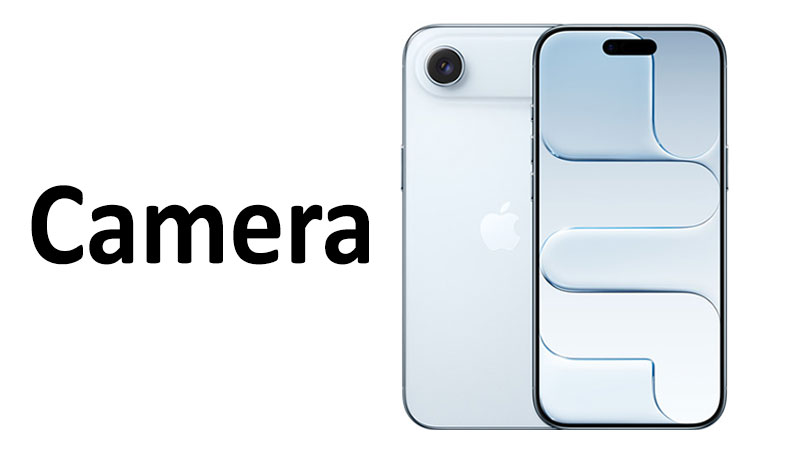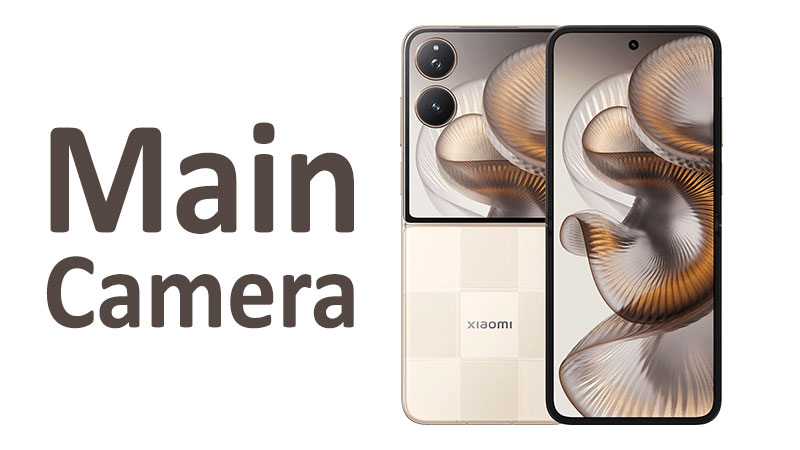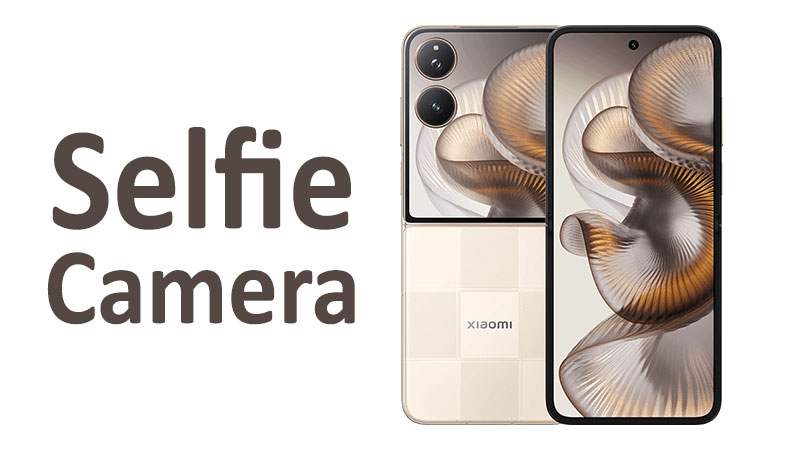The Apple iPhone Air is a testament to minimalist design. Its impossibly thin and light body makes it stand out. However, many people want to know if its camera performance matches its stunning looks. This comprehensive review of the Apple iPhone Air camera explores its capabilities, specs, and overall performance. We will help you decide if this phone’s camera is right for you.
Main Camera: Specs and Performance
The iPhone Air features a single, powerful rear camera. It has a 48MP Fusion camera system. This system uses a 48MP sensor with a wide, 26mm lens. The aperture is f/1.6, which is great for low-light situations. It has a sensor size of 1/1.56″ and 1.0µm pixels. This larger sensor helps it capture more light and detail. It also has dual pixel PDAF for fast and accurate autofocus. Additionally, it features sensor-shift OIS. This technology keeps your shots steady, even when your hands aren’t.
One of the key features is its 2x optical-quality zoom. This is achieved by using the center of the 48MP sensor. It gives you a clear zoom without a dedicated telephoto lens. This is a smart way to offer zoom capabilities in such a thin device. The camera also supports a variety of resolutions. You can shoot at 12MP, 24MP, or the full 48MP. This gives you flexibility in how you capture your photos.
Specialized Comparisons
Compared to the iPhone 17 Pro, the iPhone Air has a simpler camera system. The Pro models have a triple 48MP camera setup. This includes a main, ultrawide, and a telephoto lens with up to 8x optical zoom. The iPhone Air lacks these extra lenses. It also does not have an ultrawide camera. This is a significant trade-off for the phone’s thin design.
Against its predecessor, the iPhone 15, the iPhone Air offers a more refined single-lens system. The iPhone 15 also had a 48MP main camera. However, the iPhone Air’s larger sensor and updated technology provide a noticeable improvement in image quality.
Pros and Cons of the Main Camera
Pros:
- Excellent Image Quality: The large 48MP sensor captures stunning detail.
- Strong Low-Light Performance: The f/1.6 aperture helps in dim conditions.
- 2x Optical-Quality Zoom: This feature is useful for capturing distant subjects without a dedicated lens.
- Sensor-Shift OIS: This ensures your photos and videos are stable and sharp.
Cons:
- Single Rear Lens: It lacks the versatility of a multi-camera system.
- No Ultrawide Lens: You cannot capture expansive landscapes or group shots.
- Limited Optical Zoom: It cannot compete with the 8x optical zoom of the Pro models.
Selfie Camera: Specs and Features
The iPhone Air also boasts a powerful selfie camera. It has an 18MP multi-aspect sensor. This is a significant upgrade from the 12MP cameras on previous models. The lens has an f/1.9 aperture. It also includes PDAF for quick and accurate focus. A key new feature is its ability to capture landscape selfies without rotating the phone. This is thanks to the new sensor design.
It includes a depth/biometrics sensor for Face ID. The camera supports HDR and Dolby Vision HDR. This ensures high-quality selfies and video calls. It can also record 4K video at up to 60fps. The gyro-EIS feature keeps your selfie videos stable.
Specialized Comparisons
The iPhone Air’s selfie camera is on par with the iPhone 17 and iPhone 17 Pro models. All these phones feature the new 18MP Center Stage camera. This camera is a major step up. The higher resolution and new features like landscape selfies make a big difference. This shows that Apple did not compromise on the front-facing camera.
Video Recording and Performance
The iPhone Air camera is a powerhouse for video. It can record 4K video at 24, 25, 30, and 60fps. This gives users professional-level control. For smooth slow-motion videos, it can shoot 1080p at 120 and 240fps. The camera supports HDR and Dolby Vision HDR. This provides incredible dynamic range and color. It also records stereo sound. This makes your videos sound as good as they look.
The sensor-shift OIS is very effective. It keeps your footage smooth and steady. This is crucial for handheld video. It works great for vlogging and capturing action shots. The camera’s low-light video performance is also excellent. The large sensor handles challenging light conditions well.
Important Points for a Buyer
Before you buy the iPhone Air, consider your needs. If you are a casual photographer, the single camera is more than enough. The main 48MP sensor and 2x zoom are very versatile. The video capabilities are also top-notch.
However, if you are a professional photographer or need more flexibility, the iPhone 17 Pro might be better. Its triple camera system offers more options. The ultrawide lens and 8x optical zoom are very valuable. The iPhone Air is a design marvel. Its camera system is a compromise made for its thinness. It’s a fantastic camera, but it’s not the best Apple offers.
Conclusion
The Apple iPhone Air camera is a remarkable piece of engineering. It packs a powerful 48MP main sensor into an impossibly thin body. The f/1.6 aperture and sensor-shift OIS ensure high-quality photos and videos. The 2x optical-quality zoom is a clever solution for a single-lens system. The 18MP selfie camera is also excellent, matching the Pro models.
However, the camera system’s simplicity is its main limitation. There’s no ultrawide lens included, and it cannot match the long optical zoom of the Pro models. Even so, it’s a fantastic camera for daily use, perfect for casual photography and videography. For professionals and serious hobbyists, the iPhone 17 Pro remains the superior choice. If you value a sleek design and a great camera, the iPhone Air is an excellent option.
FAQ
What is the main camera resolution on the iPhone Air?
The main camera has a 48MP Fusion sensor. It captures high-resolution images with great detail.
Does the iPhone Air have an ultrawide camera?
No, the iPhone Air only has a single rear camera. It does not include an ultrawide lens.
Is the iPhone Air camera good for low-light photography?
Yes, the f/1.6 aperture and large sensor are great for low-light conditions. They capture more light for clearer photos.
Can the iPhone Air record 4K video?
Yes, it can record 4K video at various frame rates. This includes 24, 25, 30, and 60fps.
How does the iPhone Air’s zoom work?
The iPhone Air uses a 2x optical-quality zoom. It does this by cropping into the high-resolution 48MP main sensor. This provides clear zoomed-in shots.



